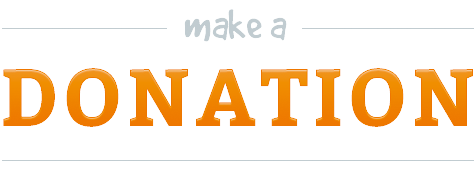ESDO Demanded Ban on Lead Paints by 2017 and Global Phase Out by 2020

Environment and Social Development Organization- ESDO demanded ban of lead paint production by 2017 in Bangladesh supporting International Chemical Safety Groups to phase out lead containing paints by 2020.
To observe International Lead Poisoning Prevention Week- 2015 (25 to 31 October) ESDO organized a human chain in front of the National Press Club on 30th October.
The human chain was formed by around 100 Green Club members of ESDO. These teenagers were from Bangla and English medium schools, universities, who joined to campaign for eliminating lead in paints in Bangladesh. Also, ESDO held a Policy Dialogue on 27th October with high officials from Department of Environment (DoE), Bangladesh Standard and Testing Institute (BSTI), Bangladesh Paint Manufacturers Association (BPMA), and senior faculties from public universities to strengthen ESDO’s effort to government regulation so that lead is eliminated by 2017 from Bangladesh.
ESDO pressed for local measures to complement the global goal during International Lead Poisoning Preventing of Week of Action from October 25th to 31 sponsored by the United Nations Environment Program (UNEP) and the World health Organization (WHO).
The result of the paint sampling conducted by ESDO in 2015 has revealed that many local and multi-national paint companies, small and medium enterprises which is 85% of Bangladesh paint market, collectively have lessened lead concentration in their paints.
Preventive measures, the participants stated, include the adoption of a national mandatory policy that will phase out the manufacture and sale of paints containing lead, a major source of childhood lead poisoning along with lead- contaminated dust.
“It’s essential for our society to respond to this global challenge and make the phase out of lead in paint a top public health priority. We must act with urgency as the health of our children can be permanently and irreversibly damages even at very low exposure to lead,” said by Dr. Shahriar Hossain, Secretary General of ESDO at the human chain.
WHO, which considers lead as one of the “ten chemicals of major public concern,” has stated “there is no safe level of exposure to lead.”
“Safe and cost- effective alternatives to lead in paints have been in use for more than 40 years in the United States, the European Union and the other high income countries. There is no good reason that lead paint continues to be sold,” Dr. Sara Brosche, International Lead Paint Elimination Project Manager at IPEN, a global civil society network pursuing safe chemicals policies and practices.
At the recently-concluded International Conference on Chemicals Management, government, industry, and civil society delegates from over 130 countries affirmed the global consensus to eliminate lead paint by 2020. The multi-stakeholder conference is the implanting body of the Strategic Approach to International Chemicals Management (SAICM), which is managed by UNEP. Lead in paint was banned and eliminated from paint in most industrialized countries decades ago, but countries to be widely sold in many developing countries, including Bangladesh.
Children are most likely to be exposed to lead from ingestion of flakes and dust from decaying lead-based paint, according to WHO, affecting children’s brain development and their measurable level of intelligence (IQ).
The youths demanded at the human chain, “We want to grow up in a toxic free world. We don’t want to live in an environment polluted by heavy toxic like lead. Everyone should know about it and act accordingly to make Bangladesh lead free.”
Children lead exposure is estimated to contribute to 600, 000 new cases of children with intellectual disabilities every year, the WHO said.


